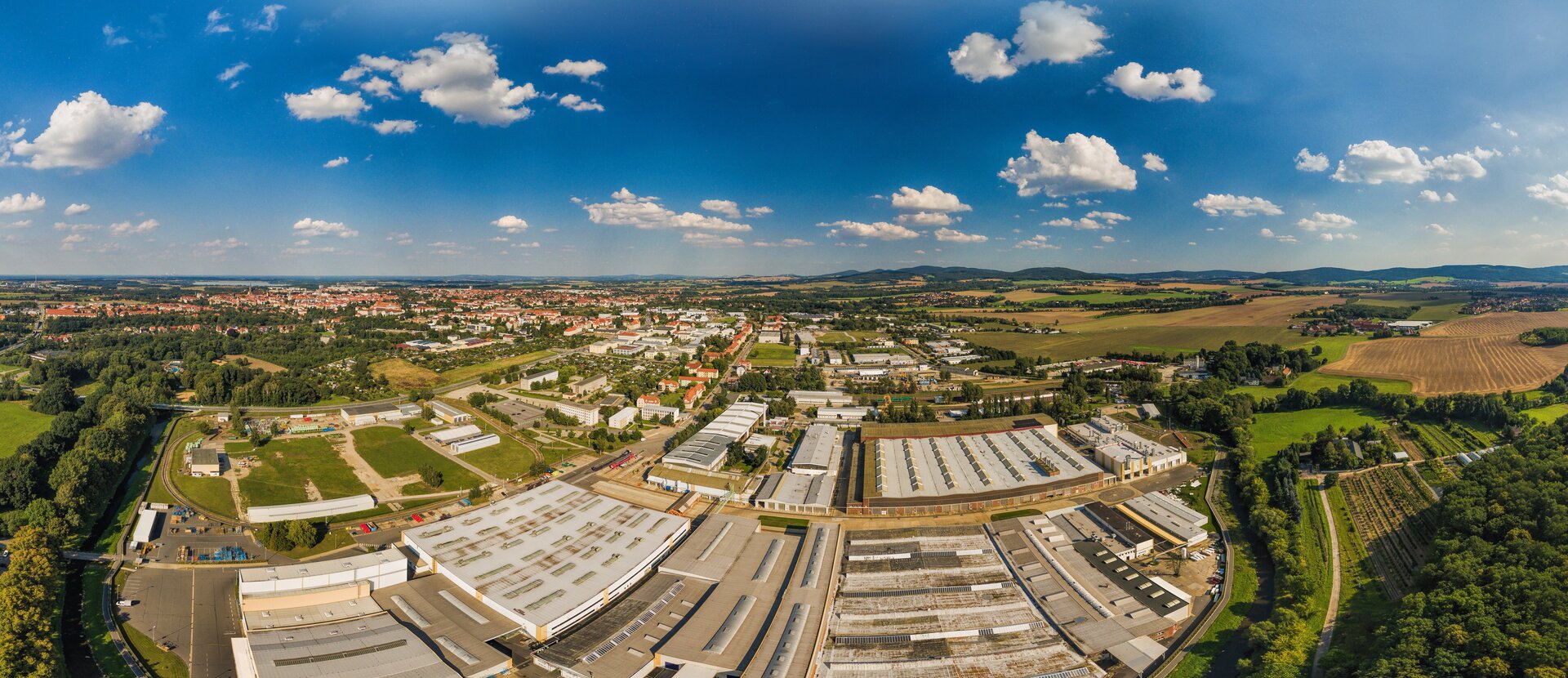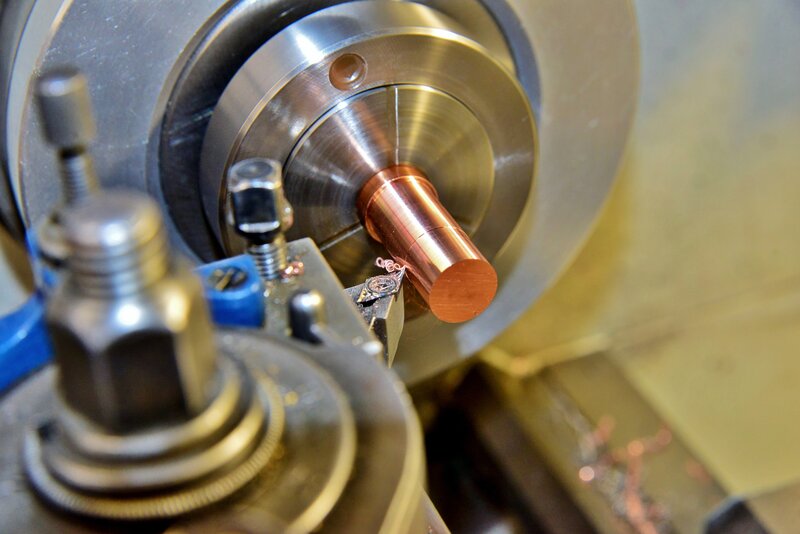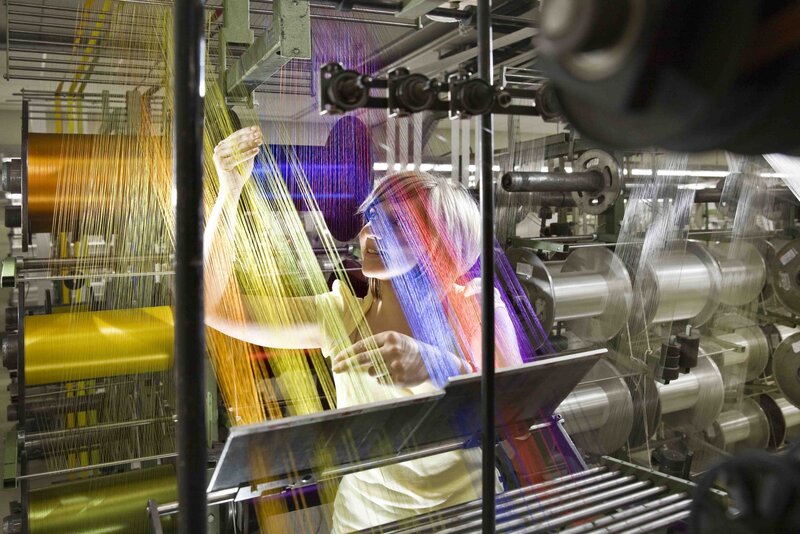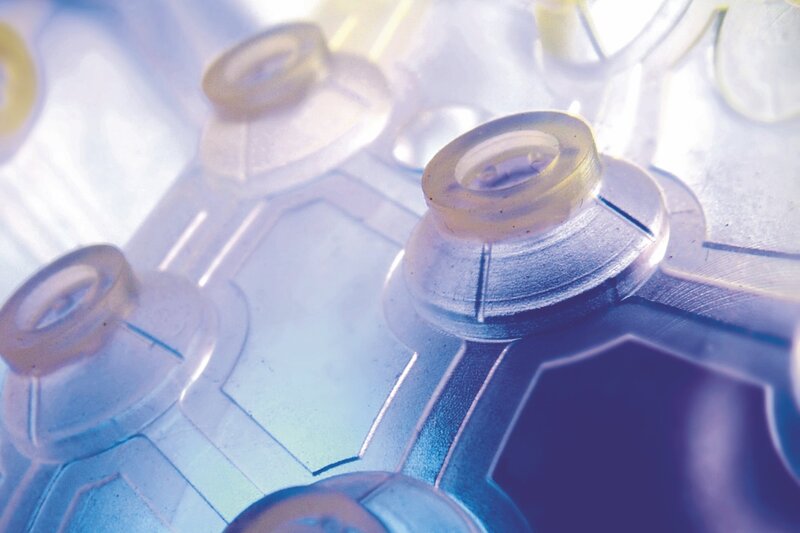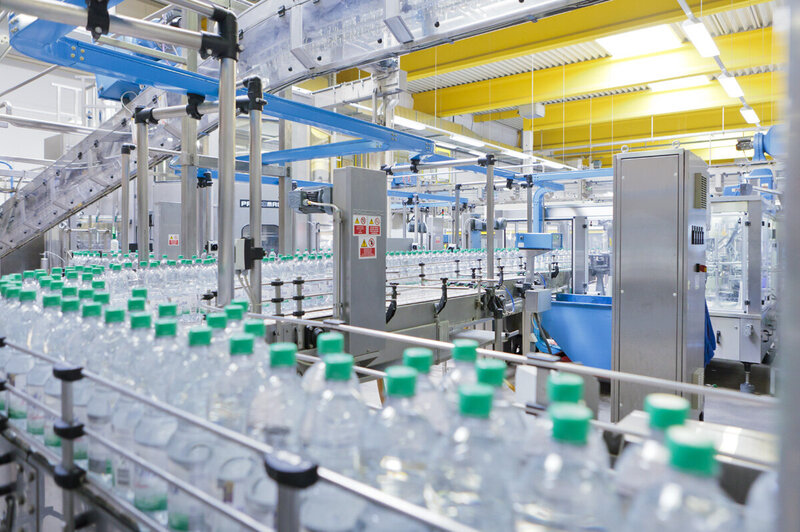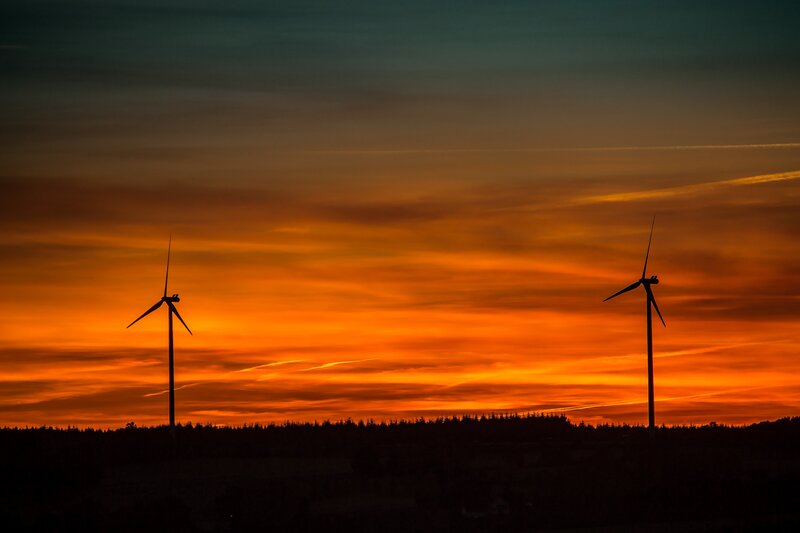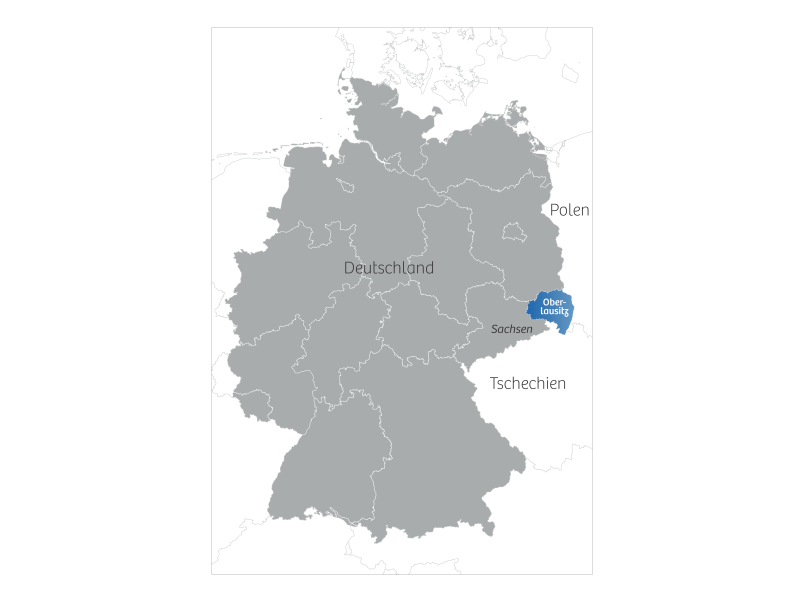
A rural region in the border triangle
Upper Lusatia is the region to the east of Dresden in Saxony. It stretches from the European city of Görlitz-Zgorzelec in the east to the edge of the Saxon state capital of Dresden in the west. In the south, it is bordered by the Zittau Mountains Nature Park and the Upper Lusatian Uplands, while the north is characterized by the Upper Lusatian Heath and Pond Landscape Biosphere Reserve and the Lusatian Lakeland. Upper Lusatia is located in the border triangle between Germany, Poland and the Czech Republic and comprises the districts of Bautzen and Görlitz. The largest cities are Görlitz with 56,265 inhabitants and Bautzen with 39,262 inhabitants - which also give the two districts their names. A total of 556,590 people live in the largely rural region. It covers an area of 4,507 km², making it Saxony's largest region. This size corresponds roughly to the size of the Ruhr area. About half as many people live here per square kilometer as the German average.
Important sectors in Upper Lusatia
Between new beginnings and change
The location benefits from its proximity to the economic centers - especially Dresden, but also Berlin, Wroclaw, Liberec and Prague. Numerous global and local trends and developments pose challenges for the region. Globalization, urbanization, digitalization and the shortage of skilled workers do not stop at Upper Lusatia. The regional structural change caused by the lignite phase-out, which is attracting nationwide attention, is also contributing to the region's transformation. However, structural change and the associated strong dependence on industrial and political decisions also bring opportunities. For example, successions and takeovers of existing companies, enormous development opportunities and extensive possibilities for promoting ideas and model projects are positive developments.
Childcare is a major problem in the everyday lives of many parents. How should the situation in the region be assessed?
The average full-day care rate for children of nursery school age in Upper Lusatia is 75.8%. This means that three out of four children are looked after in facilities all day. Across Germany, the rate is 44.8% - too few nursery places are one reason for this figure. The situation in Upper Lusatia is therefore generally positive.
What are the best-known products and goods "made in Upper Lusatia"?
Edding permanent markers, Bautz'ner mustard, Herrnhuter Sterne, beers such as Landskron or Radeberger, Wilthener spirits, Oppach mineral water or Pulsnitz gingerbread are probably some of the best-known products from Upper Lusatia. However, this list could be extended to include numerous other products from the region.

